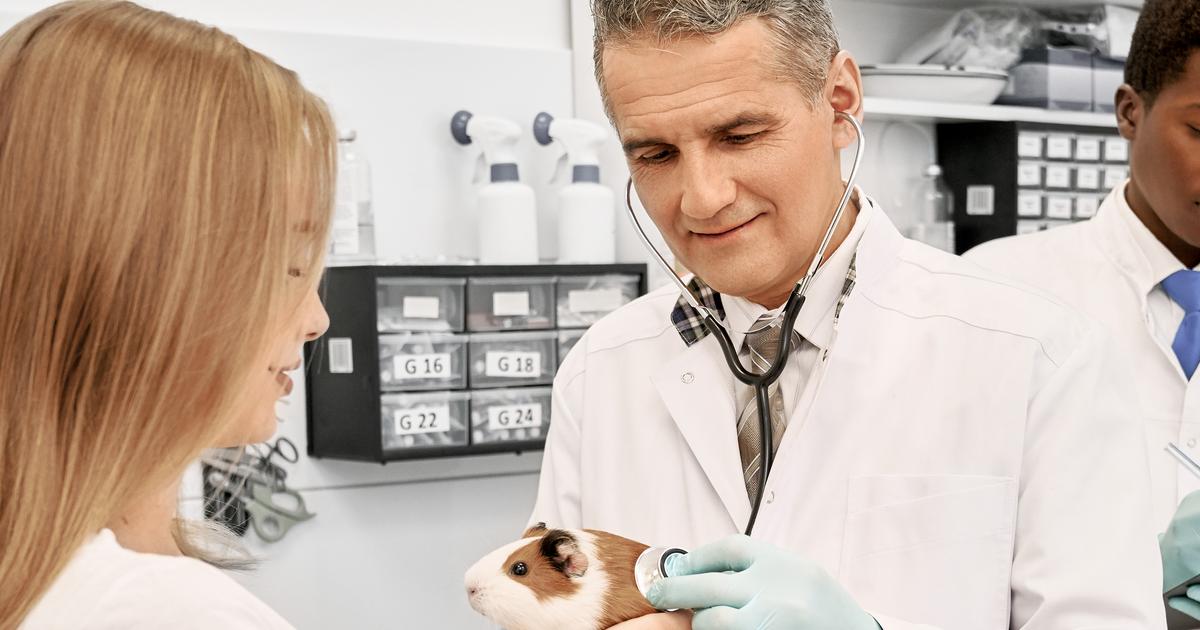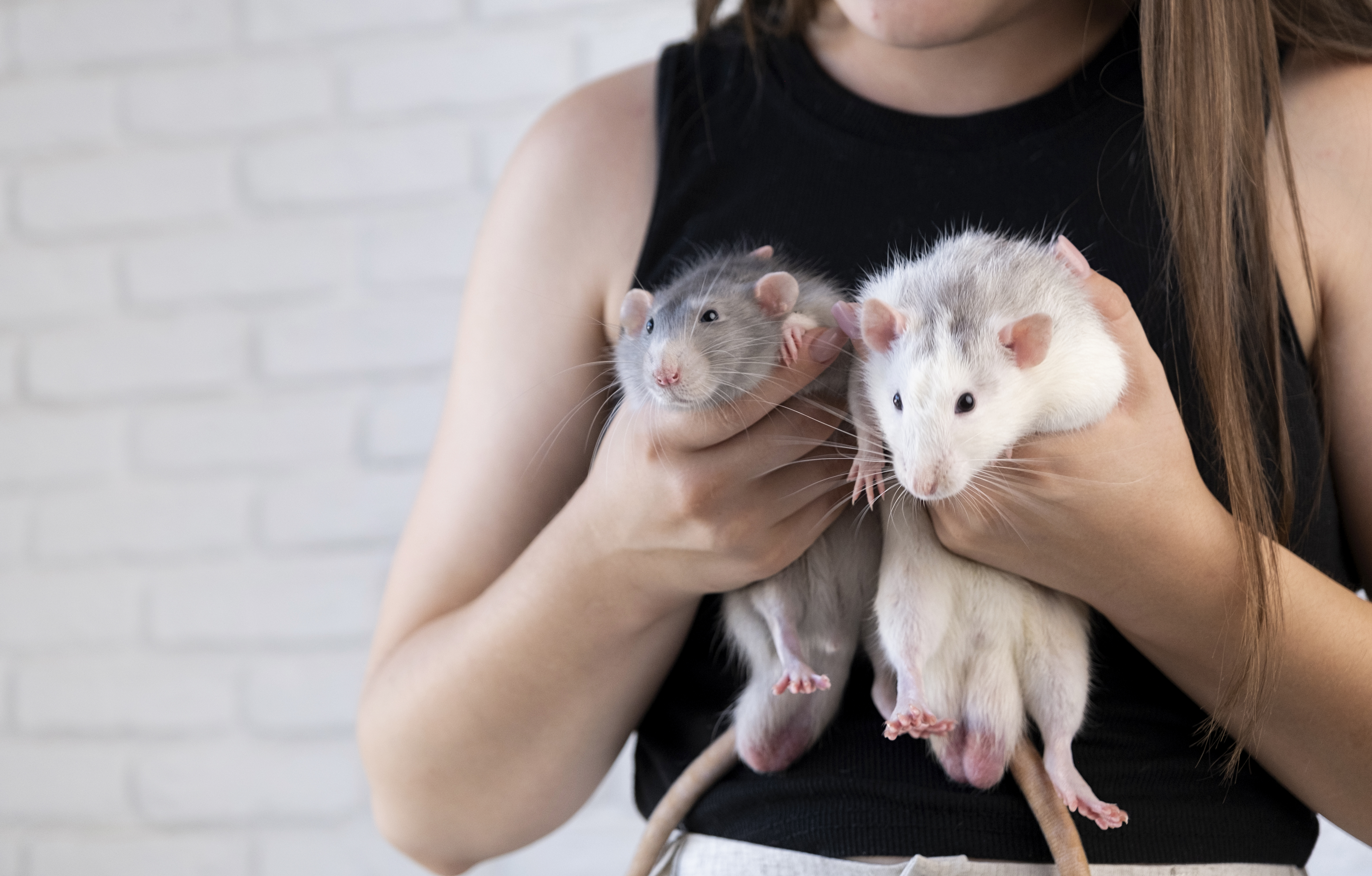What To Do If Your Hamster Has Babies
Young hamsters grow rapidly; some breeds reach sexual maturity when they are just four weeks old. Baby hamsters, however, will need to be cared for gently, as they are fragile. Baby hamsters are born helpless; they are naked, blind, deaf, and have thin skin. Caring for baby hamsters starts with caring for their mother. She will need a diet high in protein and fat while she is pregnant and nursing her young. You should, therefore, give her nutritious foods like cheese, nuts, carrots, greens, and hard-boiled eggs. Pregnant hamsters stockpile their food, so make certain the mother doesn’t hoard anything perishable. You should also take her to the vet for a health check.
Get information on what to do when your hamster has babies now.
Put The Cage In A Safe And Quiet Spot

After the vet has confirmed your hamster is pregnant, you need to prepare her cage for the new arrivals. You should do this well before she has her babies, as she will become increasingly nervous as her due date approaches and upsetting her could cause her to reject her babies. Put the cage in a safe and quiet spot to avoid upsetting the family. Remove any other adult hamsters, as the expectant mother will not want company and fights between the adults could endanger the babies. A male hamster can also get the mother pregnant while she’s still looking after her current litter.
Remove the hamster wheel and other toys to prevent fatal accidents. Give the mother soft and light materials like toilet paper or facial tissues to use for nest-building. Keep the temperature at around seventy degrees Fahrenheit, as newborn hamsters can’t yet regulate their body temperature. Alternatively, you can use a heating pad.
Read more about what to do if your hamster has babies now.
Provide Extra Food And Water

As already mentioned, baby hamsters grow rapidly. They will be wholly dependent on their mother’s milk for around the first ten days, so provide extra food and water for her. Baby hamsters start to crawl when they are around five days old, and start eating some solid foods around ten days old. You can start giving them hamster pellets at this age, but soak them in water first to make it easier for babies to eat. You can also give baby hamsters cooked or grated vegetables. Start scattering food around the cage to encourage the babies to explore and get their own food. The mother will also hoard some to feed them later on. Move the water bottle lower so the babies can reach it, and use a shallow dish rather than a bowl for water, so the babies don’t fall in and drown.
Continue reading to learn more about how to handle your hamster having babies now.
Avoid Cleaning The Cage At First

The mother hamster will be stressed and anxious for the first two weeks after birth, so avoid cleaning the cage at first. If you disturb her during those two weeks, she could bite you, abandon her babies, or even kill them. If there is a really wet spot in the cage, you may clean it, but don’t disturb the nest. After the first two weeks, clean the cage like usual, but add some nest materials like toilet paper so the mother hamster can build another nest. Once the babies are two weeks old, clean the cage at least once a week, though understand you may have to clean it more often than that in the event of a mishap like a leaking water bottle. Hamsters are happiest when they have clean and dry bedding. Clean the water bottle, food dish, and any other items at the same time you clean the cage.
Discover additional tips on what to do if your hamster has babies now.
Don’t Touch The Babies

Don’t touch the babies for the first two weeks after they are born, because doing so can leave your scent on them, which could cause the mother hamster to abandon or kill them. Even if you see a baby out of the nest, give the mother a chance to retrieve it before intervening. If you do need to move a baby for some reason, slide a spoon under it first. You can begin handling the babies after they are two weeks old. Their mother will be more relaxed, and handling them will enable them to get used to humans. Always keep hamsters of any age within a foot of the floor or another surface, as a fall from a great height could severely injure them. Similarly, hold the hamster in your lap or against your chest.
Learn more about what do you if your hamster has babies now.
Take Hamsters To The Vet When Appropriate

Like all other animals, hamsters need veterinary care, so it's important to take the hamsters to the vet when appropriate. In the case of baby hamsters, that means they should have their first veterinary visit when they are around a month old. The vet will examine the hamsters and weigh them. They will also take fecal samples to check for parasites. Hamsters currently do not get vaccines, but they can be spayed or neutered. The vet will advise you on the best time to do this for your hamsters. They can also provide specific advice on proper diet, housing, exercise, and toys. Hamsters should be taken to a vet at least once a year, though elderly hamsters need to be taken twice a year. Hamsters have life expectancies between eighteen and thirty months, so any hamster over fifteen months old is considered elderly.







